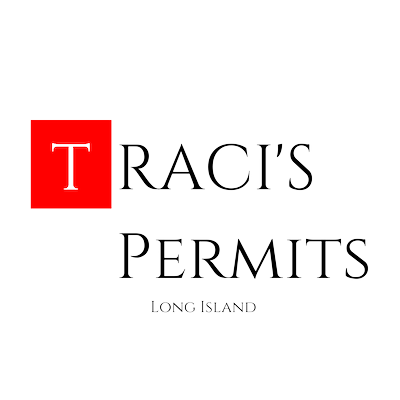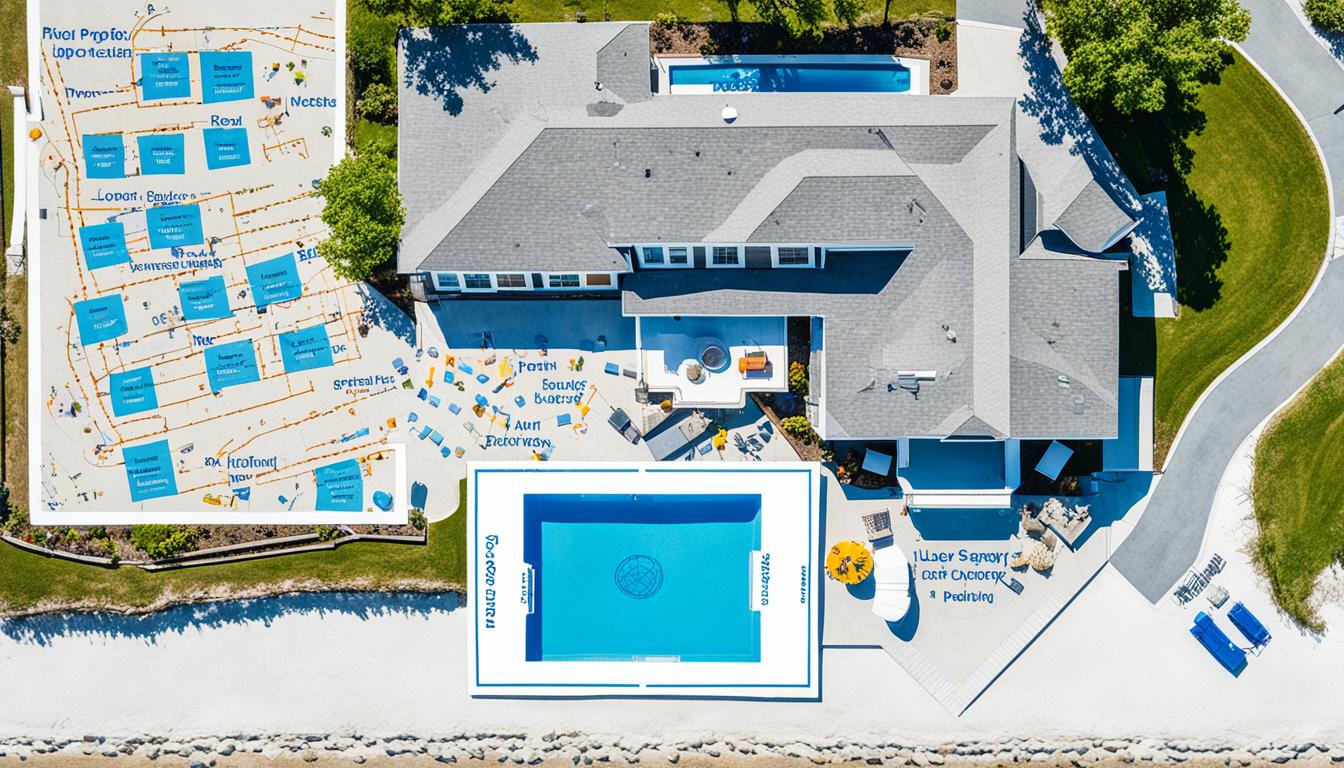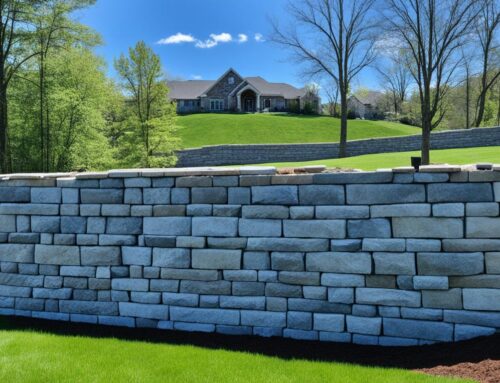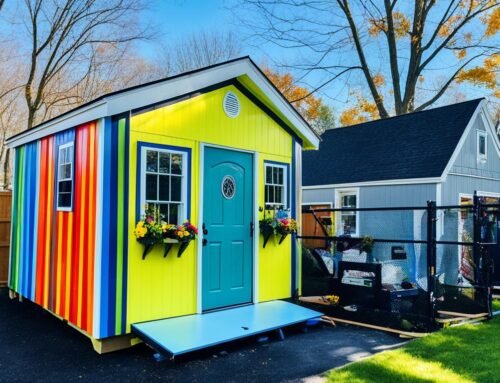Installing an in-ground pool on Long Island is more than just digging and filling. All equipment needs to be at least five feet from the property line. Local codes outline many rules for permits and home renovation.
Tracis Permits brings over 20 years of experience to the table. They offer full services for Nassau and Suffolk county homeowners. From planning your dream pool to final inspection, they guide you. They help you avoid common mistakes and delays.
Key Takeaways
- In-ground pool installations must comply with local setback and safety regulations.
- Tracis Permits provides end-to-end services, ensuring smooth permit approvals.
- All pool equipment should be set back at least five feet from the property line.
- Necessary documents include surveys, pool plans, and proof of ownership.
- For hassle-free permit processes, call Tracis Permits for a free consultation at 631-492-0927.
Understanding In-Ground Pool Permits in Long Island
Building an in-ground swimming pool in Long Island means you have to follow some rules. These rules make sure everything is safe and correct. We’ll look at when you need a permit, how to get one, and extra steps for certain towns in Long Island.
When a Building Proposal Permit is Required
If you want a pool in places like Asharoken or Huntington Bay, you need a building permit. You have to check how big your property is and how close the pool can be to the edges. Remember, this building permit is for everything around the pool too, like decks and sheds.
Typical Permit Process
To start getting a Long Island pool permit, you need a lot of paperwork. In Nassau County, you also have to make sure the pool is safe. Things like fences, alarms, and covers are a must. This process is all about keeping everyone safe and making sure everything’s built right.
- Get your paperwork ready.
- Hand in your application to the local building office.
- Pay the fees you need to.
- Wait for your plans to get the okay.
- Have your project checked out once it’s done.
Special Considerations for Incorporated Villages
In towns like Lloyd Harbor or Northport, rules can be different. You have to work closely with the town officials. This is about following town-specific codes and needs during the permit process.
For example, Huntington has its own rules about how far back your pool needs to be from your property line. This is to keep the town looking nice and to make sure everyone is safe. Other towns have their own special rules too, for the same reasons.
To wrap it up, getting a pool permit in Long Island means knowing when you need a building permit, figuring out how to get it, and following extra rules in some towns. Paying attention to these details will help make sure your pool project goes smoothly.
Requirements for Swimming Pools
Planning to get a swimming pool in Long Island needs careful thought. It’s important to follow rules about property lines, electrical stuff, and plumbing. Doing this makes sure your pool is both safe and legal.
Setback and Location Requirements
Pools must meet certain rules about how far they need to be from property lines. These rules help place pools correctly in your backyard. For corner properties, there are special rules to keep the view clear and avoid blocking anything.
Fence and Safety Enclosure
Every pool must have a fence enclosure that’s at least 4 feet tall but not over 6 feet. The fences need gates that close and lock on their own. This helps keep kids safe. New York’s laws are there to lower the chance of kids getting hurt by falling into pools.
Electrical and Plumbing Requirements
Swimming pools need to follow strict electrical compliance rules. According to the National Electric Code’s Article 680, all electrical setups near water must meet certain standards. Also, pools must have proper plumbing standards to be safe to use. Pools need special vacuum breakers for the plumbing to stop bad stuff from getting into the water.
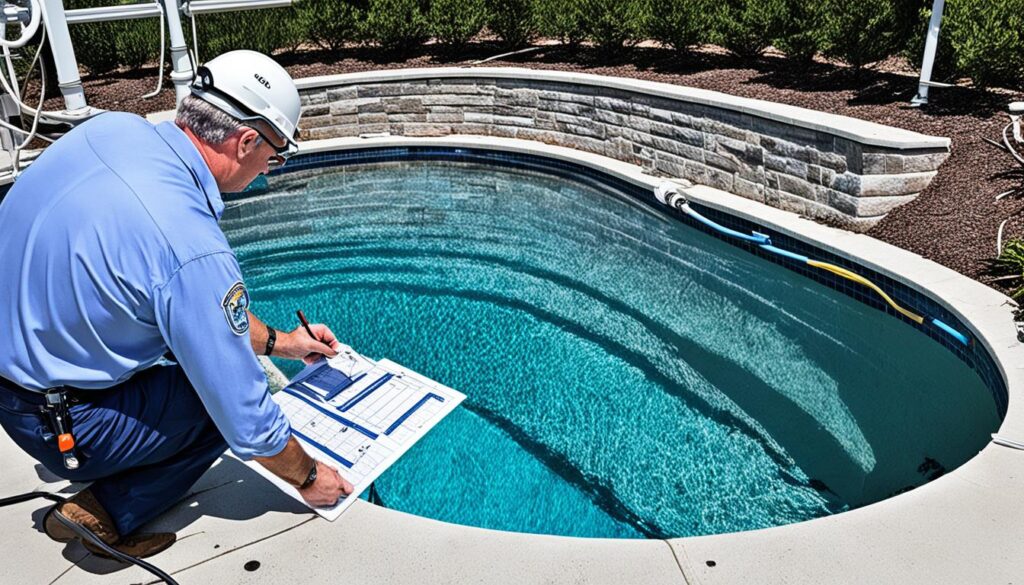
| Aspect | Requirement |
|---|---|
| Setback Requirements | Maintain distance from property lines, especially rear yards and corner properties. |
| Fence Enclosure | Fences 4-6 feet high with self-latching gates. |
| Electrical Compliance | Must follow Article 680 of the National Electric Code. |
| Plumbing Standards | Include certified vacuum breakers; proper installation required. |
Following these requirements helps you meet legal standards and keeps your pool safe and fun. It also stops you from running into trouble and fines from local authorities. Pool alarm laws came into place on [Date] to protect families in Suffolk County more effectively.
Steps to Apply for an In-Ground Pool Permit in Long Island
Applying for a permit for an in-ground pool on Long Island needs a few clear steps. You have to fill out an application with all the details about the pool. This includes size, shape, and other important papers.
Filing Your Application
To start, you’ll need to get and fill out the needed forms. You must give detailed info about the pool, like how big and what shape it is. Remember to include a recent tax bill and a survey of your land. Also, add photos that show the land slope where you’ll put the pool.
Required Documents
For a complete application, you’ll need to hand in several documents:
- Completed application form
- Survey of property
- Detailed construction plans
- Proof of ownership
- Recent tax bill
- Photos depicting property grade
- Swimming Pool Affidavit forms
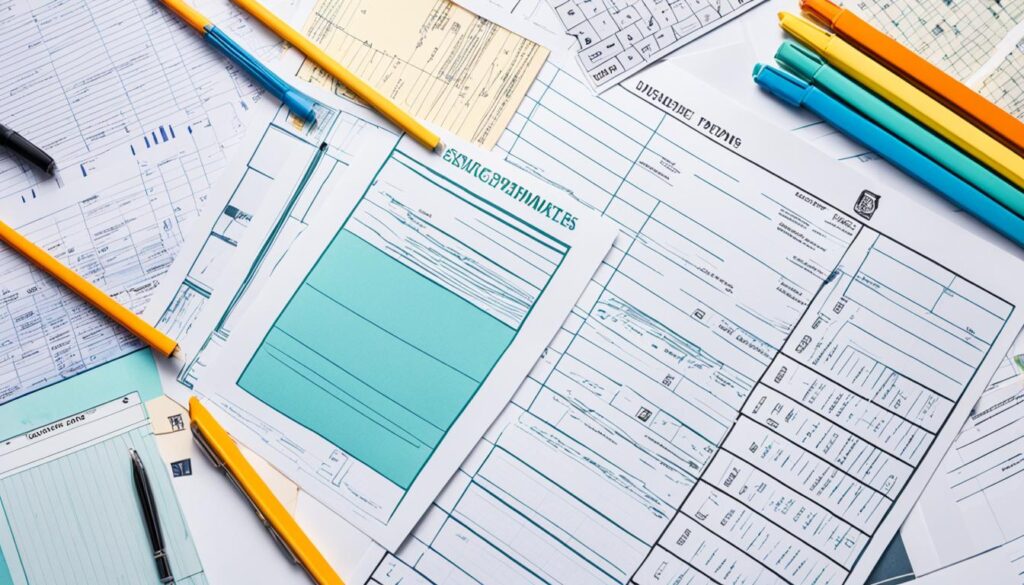
It’s key to include all needed documents with your application. Incomplete applications will be rejected. So, always check your documents carefully before handing them in.
Paying the Application Fee
You can pay the application fee in a few different ways. You might go to the Building & Housing Department, mail it, or pay by phone with a credit card. Make sure to pay on time to avoid any hold-ups in your application.
| Fee Type | Estimated Cost |
|---|---|
| Application Fee | $200 – $500 |
| Certificate of Occupancy | $100 – $300 |
| Inspection Fees | $50 – $200 |
After you pay, they’ll send all your papers to the Building & Housing Department. They check everything to make sure it meets all safety and rule standards for your pool.
Code Compliance and Inspections
Installing an in-ground pool on Long Island means you must follow many codes and inspections. Making sure you comply with New York State Code makes the process go smoothly. It also ensures your pool is safe to use.
Meeting New York State Code
Complying with New York State Code starts with knowing pool construction standards. You must submit a copy of the deed if the property was bought recently. Also, your pool has to be installed by a licensed professional as per New York’s regulations. The installation must strictly follow the manufacturer’s instructions.
The Importance of Electrical Inspections
Getting an electrical inspection certificate is essential for pool safety. The pool’s electrical systems, like lights and filters, must meet safety standards. This reduces risks and ensures that the pool is safe for everyone.
Final Inspection and Certificate Issuance
A detailed final inspection wraps up the compliance process. It checks if the pool meets New York State’s codes and is clean. They check things like lifeguard protection, air quality, fences, lights, and safety features. After passing these checks, you get a certificate. This shows your pool is safe and ready for occupancy certification.
| Key Requirement | Specification |
|---|---|
| Pool Permit Validity | 1 year with no renewals |
| Barrier Distance | Minimum of 4 feet from pool edge |
| Surface Area for Patrons | 15 sq. ft. shallow, 25 sq. ft. deep, 300 sq. ft. diving |
| Minimum Water Depth | 3 feet, except for special-purpose pools |
| Electrical Certificate | Required for all installations |
In conclusion, getting all the necessary approvals and an occupancy certification is key to having a safe pool in Long Island. It’s a thorough process, but well worth the effort for safety.
Conclusion
Getting a pool permit in Long Island can be made easier by understanding the permit guidelines. Knowing what’s involved in installing a pool here is essential. This helps homeowners follow local and state codes and get necessary inspections done. It’s not just about following rules; it’s about keeping your pool safe and avoiding trouble.
Every detail matters, from where to place your pool to the technical needs of electrical and plumbing works. Pools must be built on the homeowner’s property and have proper fencing if they are deeper than 18 inches. The rules require that temporary fences become permanent within 90 days. These steps ensure safety and help people meet the requirements for in-ground pools.
Following these detailed permit guidelines makes pool installation smoother and even boosts your property’s value. Homeowners end up with a safe and enjoyable pool by sticking to each rule, like using approved electrical devices and keeping the pool clean. Get your pool permit using this advice, and enjoy a more beautiful and functional home.
